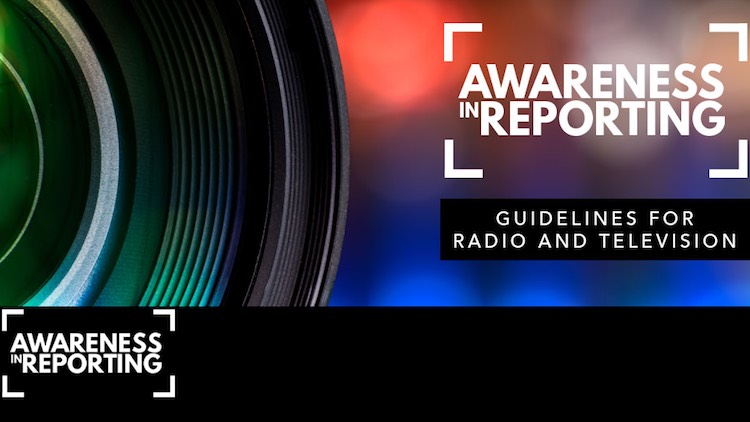NAB Launches Initiative to Improve Race-Related News Coverage

The National Association of Broadcasters Wednesday kicked off its new "Awareness in Reporting" initiative to better equip newsrooms to cover racially sensitive stories with a Washington panel discussion and online resources to start the process.
“The need for people to understand (each other) and be able to put themselves in the shoes of people who don’t live, walk, talk like them is never more important than it is today,” Tegna Media president Dave Lougee, the NAB’s joint board chairman, said at the gathering of journalists, educators and industry leaders at the Newseum.
The spate of events in the last three or so years—unrest in Ferguson, Mo., the Charleston, S.C. church shooting, the Dallas Police shooting and rise of anti-immigrant sentiment among them—has amplified the need for newsrooms to handle coverage adeptly and with sensitivity, he said.
“There have to be people at the table empowered to represent different points of view. No one can be the token representative of anything,” he said.
Getting to that place, however, involves broadcasters to take a range of steps—hiring, training, cultivating diverse sources, giving voice to underrepresented communities and having the difficult discussions, participants said.
“We need to be willing to have healthy debate and discussion and tough talk before we go out into the field and do reporting,” said Delia Gonçalves, a reporter at WUSA, Tegna’s CBS affiliate in Washington. “Too many newsrooms today don’t reflect their communities.”
The online toolkit, made available Wednesday, provides resources designed to help broadcasters report potentially divisive issues with fairness and precision, the NAB said. Those recommendations focus on four areas: news management; reporters, producers and writers; videographers; and corporate.
Broadcasting & Cable Newsletter
The smarter way to stay on top of broadcasting and cable industry. Sign up below
The information provides recent examples of broadcast stations devoting time and resources to telling stories in ways that provided context and meaning during times of tension. The initiative also explores how positive stories can impact the larger coverage of minority communities and foster a more collaborative relationship between reporters and the public.
Wednesday’s discussion and toolkit launch were the first step in what will be an ongoing effort, the NAB said. The next phase of the initiative will focus on religion.
